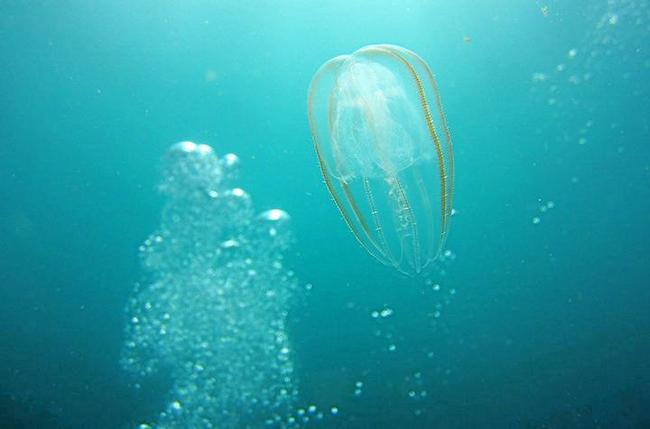Deep-water may corrode Byron Bay's coastal ecosystems
SCU studied the issue at Cape Byron Marine Park and the results are out.

Community News
Don't miss out on the headlines from Community News. Followed categories will be added to My News.
COLD ocean waters, the type that gives relief to beachgoers in the heat of summer, may in fact be corroding coastal ecosystems according to new research from Southern Cross University.
Upwelling events - when cold water is forced up from the deep ocean floor - along the East Australian coast, are accompanied by increasing levels of carbon dioxide which leads to ocean acidification.
These events are caused by the East Australian Current (EAC).
On the other side of the Pacific Ocean, in the Californian and Peruvian systems, such upwelling events are accompanied by significant drops in seawater oxygen saturation and pH.
Lower pH levels lead to conditions where upwelling waters become corrosive to the mineral aragonite, a vital building block of a number of marine organisms, including corals, snails, mussels and oysters.
Southern Cross University's Centre for Coastal Biogeochemistry research team, led by oceanographer Dr Kai Schulz, based themselves in the Cape Byron Marine Park off Byron Bay for four months to investigate the chemical properties of deep-water being upwelled off the Australian mainland's most easterly point.
The results reveal that upwelling and increasing levels of carbon dioxide due to human activity act in concert to degrade habitat suitability.
Those results are now published in a paper in the journal Frontiers in Marine Science.
Dr Schulz said with temperatures dropping by up to 5C, oxygen by 34 per cent, pH by 0.12 and aragonite saturation state by 0.9 units, these events are highly significant," .
In total, the team identified 32 major deep-water upwelling events. With an average of one event every four days, this is more than the team had anticipated.
"These water masses originate from 200 to 250 metres off the Central East Australian shelf," Associate Lecturer and Diving Officer Simon Harley said.
When comparing deep-water signatures along the East Australian shelf, the researchers found that the situation further north in the Great Barrier Reef might be even more pronounced. This is because today shelf-associated waters carry already a stronger deep-water signal than at the current study location at Cape Byron.


